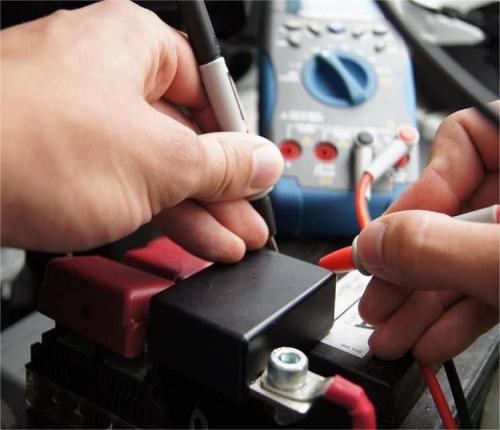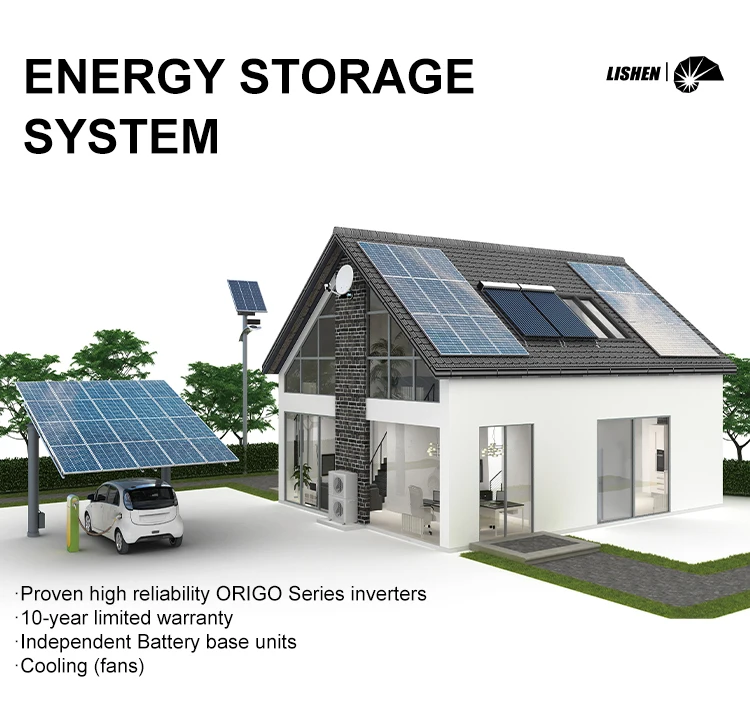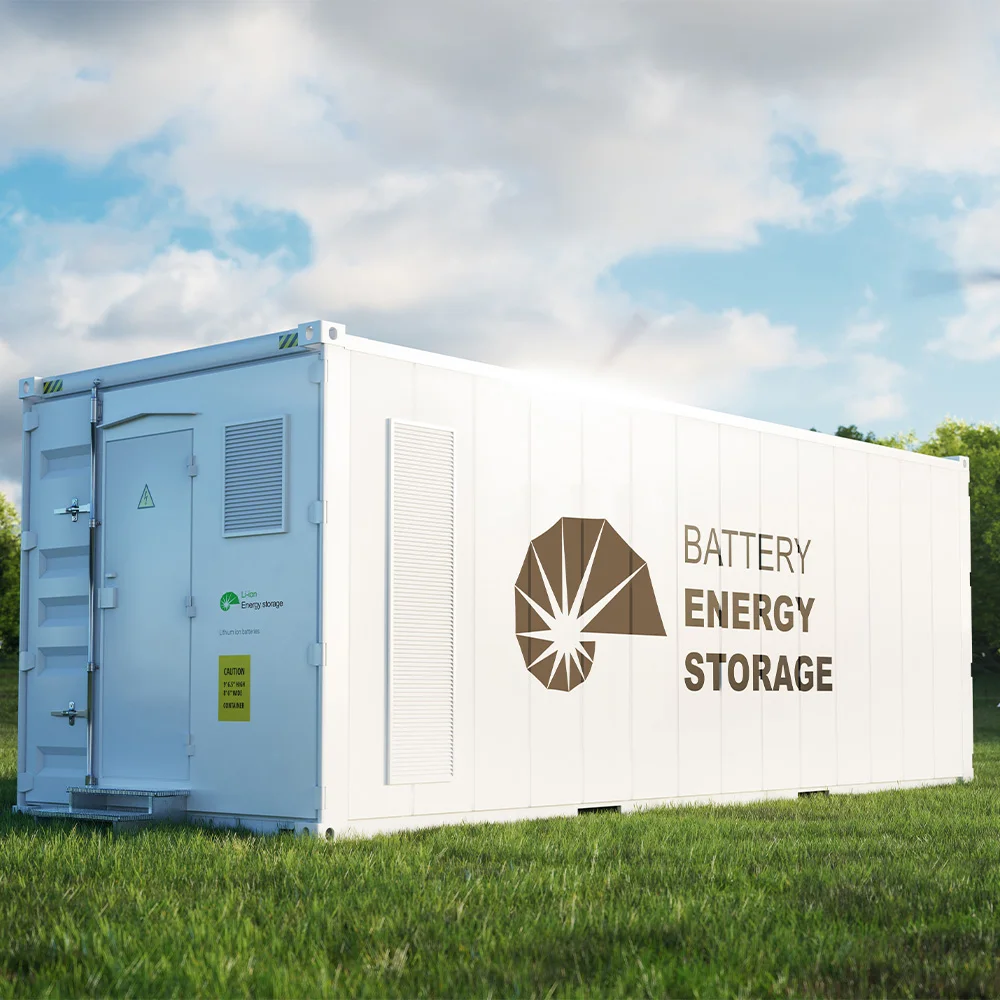Lithium-Ion Battery Care Guide
Energy storage batteries and power batteries are important technologies in today's energy storage and electric transportation fields. Essentially, both types of batteries belong to energy storage batteries and there is no significant difference in their technical routes. So, where exactly do the differences lie between these two types of batteries? Can they be used interchangeably? This article will introduce and analyze them to help you better understand the specific differences between the two types of batteries.
What is an energy storage battery?
An energy storage battery, as the name suggests, is a battery system used to store electrical energy. They can convert electrical energy into chemical energy, store the charge in the battery, and then release it when needed. Energy storage batteries are typically designed for long-term energy storage and charging and discharging, playing a crucial role in areas such as grid dispatch, peak load reduction, and power management. The key features of energy storage batteries include high capacity, long cycle life, and stable performance.
What is a power battery?
A power battery is specifically designed to provide the power needed for electric vehicles. They need to have high energy density and high power output to meet the requirements of electric vehicles for acceleration performance and driving range. The design focus of power batteries is to improve the charging speed, discharging speed, and cycle life of the battery. At the same time, safety is also an important aspect of power batteries to ensure reliable operation under various conditions.
Further exploring the main differences between energy storage batteries and power batteries, they are mainly reflected in the following points.
01 Application Scenarios
Energy storage batteries are widely used in grid energy storage, , and other fields. The design requirements for energy storage batteries mainly focus on optimizing energy density and long-term shousehold energy storage, industrial and commercial energy storage, communication base stationstorage to meet the demands for large capacity and long-lasting energy storage. Since the vast majority of energy storage devices do not need to be moved, energy storage lithium batteries do not have direct requirements for energy density; different energy storage scenarios have different requirements for power density. In terms of battery materials, attention should be paid to expansion rate, energy density, and uniformity of electrode material performance to pursue the long lifespan and low cost of the entire energy storage equipment.
Power batteries are applied in new energy passenger vehicles, commercial vehicles, special vehicles, engineering machinery equipment, ships, etc. Power batteries pay more attention to power density and short-term high-power output to meet the demands of electric vehicles for rapid acceleration and long mileage. Compared with energy storage batteries, power batteries have higher requirements for energy density and power density. Moreover, due to the volume and weight restrictions of vehicles and the acceleration during startup, power batteries have higher performance requirements than ordinary energy storage batteries.
02 System Composition
A power battery pack is basically composed of the following five systems: battery modules, battery management systems (BMS), thermal management systems, electrical systems, and structural systems. The cost of a power battery system is composed of the comprehensive costs of battery cells, structural components, BMS, battery boxes, auxiliary materials, and manufacturing expenses. Battery cells account for about 80% of the cost, while the cost of Pack (including structural components, BMS, battery boxes, auxiliary materials, and manufacturing expenses) accounts for about 20% of the entire battery pack cost.
An energy storage battery system is mainly composed of battery packs, battery management systems (BMS), energy management systems (EMS), energy storage converters (PCS), and other electrical equipment. In the cost composition of energy storage systems, batteries are the most important component, accounting for 60% of the cost; followed by energy storage inverters, accounting for 20%; EMS (energy management systems) costs account for 10%; BMS (battery management systems) costs account for 5%; and other components account for 5%.
03 Battery BMS
The BMS (Battery Management System) is the core component of the battery system, determining whether the various components and functions of the battery pack can be coordinated and consistent, and directly related to whether the battery pack can safely and reliably provide power output for electric vehicles. The energy storage battery management system is similar to the power battery management system, but the power battery system is located on a high-speed moving electric vehicle, and has higher requirements for the power response speed and power characteristics of the battery, the accuracy of SOC estimation, and the number of state parameter calculations. The related regulation functions also need to be realized through the BMS.
04 Cycle Count
The requirements for the service life of power batteries and energy storage batteries are different. Energy storage batteries usually need to have a longer cycle life, capable of withstanding thousands of charge and discharge cycles without significantly reducing performance.
Take electric vehicles as an example, the theoretical service life of a lithium iron phosphate battery pack is 1200 times. Based on a usage frequency of complete charging and discharging once a day, the service life of a lithium-ion battery reaches ten years.
Compared to power batteries, energy storage batteries have more frequent charging and discharging. Under the premise of the same 10-year service life, there are higher requirements for cycle life. If the energy storage station and home energy storage conduct one charge and discharge per day, the cycle count life requirement of energy storage lithium batteries can be greater than 3500 times. If the charging and discharging frequency is increased, the cycle life requirement usually needs to be greater than 5000 times.
05 Battery Cost
Cost is also one of the differences between the two. The cost of energy storage batteries is relatively low because they adopt more mature battery technology and have relatively simple application conditions. In large-scale applications, economic benefits can be achieved.
In contrast, the cost of power batteries is relatively high, mainly due to the requirements for high energy density and high power output, as well as the demands for long lifespan and high safety of the compatible batteries.
Can energy storage batteries and power batteries be used interchangeably?
Energy storage batteries cannot be used in electric vehicles. There are differences in their discharge rates, internal resistances, capacities and voltages. Energy storage batteries generally have a higher energy density but lower power density. For example, if discharged at a rate exceeding 0.5C, the temperature will rise too high, so energy storage batteries cannot be used as power lithium batteries.
And power lithium batteries can also be used as energy storage batteries. It is necessary to understand the control system for the discharge capacity of lithium batteries in the design configuration. However, both power batteries and power supply control systems have high cost factors, which may lead to less satisfactory economic benefits.
It is known that there are also power-type energy storage lithium batteries. For instance, those with a stable discharge capacity of around 5C are widely used in frequency modulation. Some companies will reuse the retired power batteries as secondary energy storage batteries and apply them in household storage and mobile energy storage, etc.







